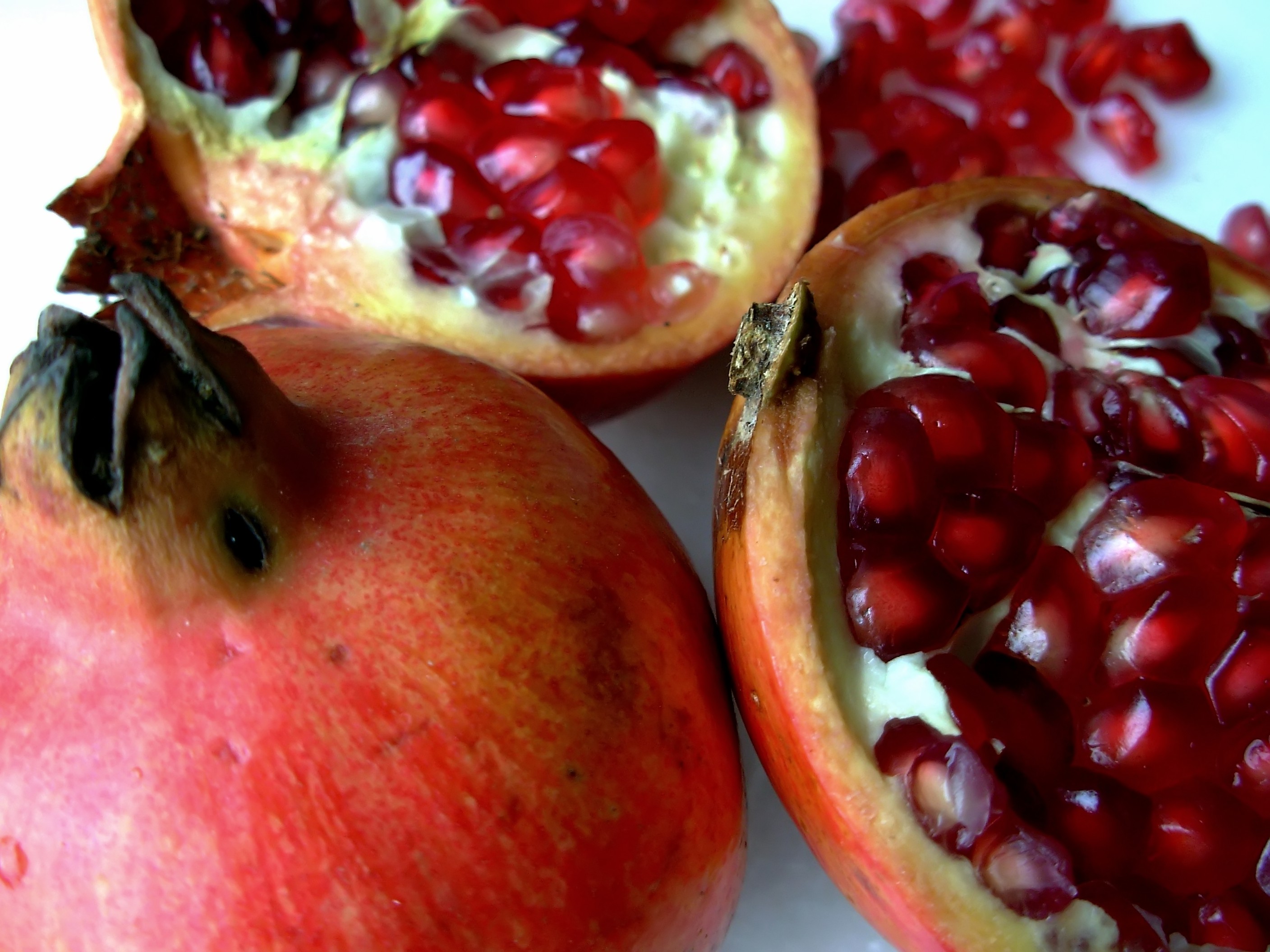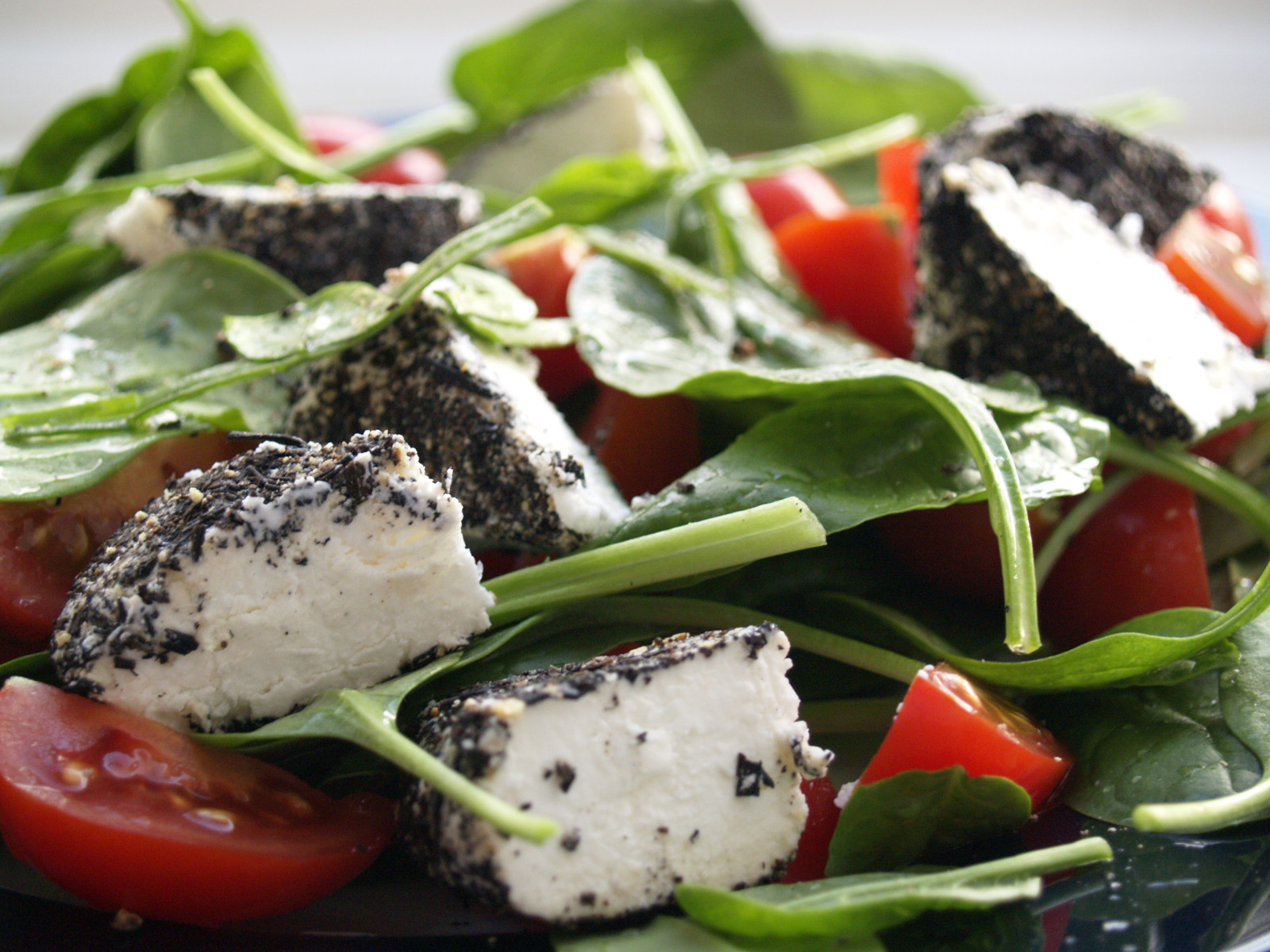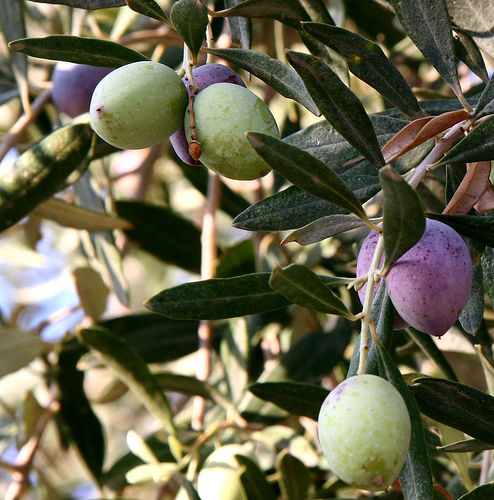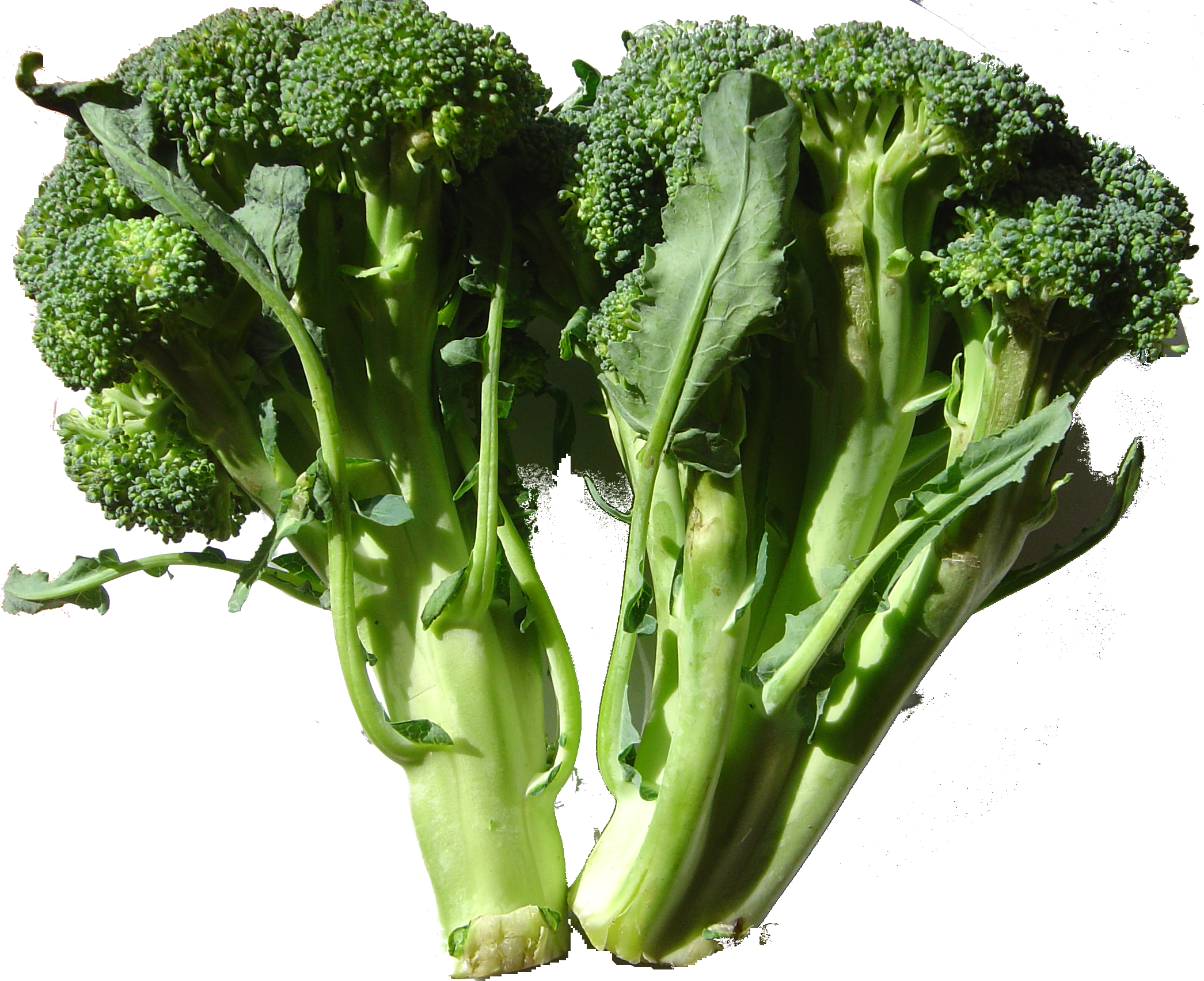 |
| Source: Simon A. Eugster |
Additionally, going vegetarian (or at least eating more plant-based foods) has been linked to a lower risk of gallstones. When 632 meat-eating women were matched with 130 vegetarian women, the meat eaters had a 2.5 times higher risk of developing gallstones! When age and body weight were controlled for, this risk was only 1.9 times higher, but still significant (that's a 90% increase).
One specific plant food that could protect you against gallstones is nuts. Looking at the over 80,000 women of the Nurses' Health Study, eating a serving (about 28 grams) of nuts more than five times a week was linked with a 25% reduction of the risk of needing gallbladder removal, compared to less than one serving a month.
On the other hand, omega-3 fatty acids, which can be more readily available in fish, may also prevent gallstone formation. This was suggested in a study where obese women given omega-3 supplementation had more stable cholesterol saturation and nucleation times during rapid weight loss. While more research is needed, the authors also mentioned reports of omega-3 fats reducing bile cholesterol saturation.
Good old-fashioned tea could also help to prevent gallstones. In a Chinese study of 1,037 patients with gallstones, 627 with cancers of the gallbladder or bile duct, and matched controls, regular tea consumption reduced the risk of gallstones by 29%. The risk of gallbladder or bile duct cancer was cut down by half. Beginning regular tea consumption at an earlier age, or having kept it up for longer, was associated with stronger protection. It has also been found in an animal study that EGCG, a substance in green tea, could prevent gallstone formation by altering cholesterol pathways and reducing inflammation. Overall, there are many ways to protect the health of your gallbladder, but it is always best to consult a naturopath who knows your individual health and history.





_during_the_commissioning_of_the_Navy_Operational_Fitness_and_Fueling_System_(NOF.jpg)



